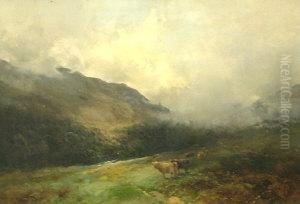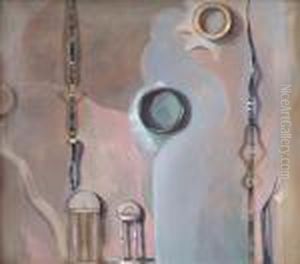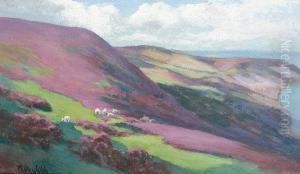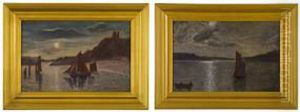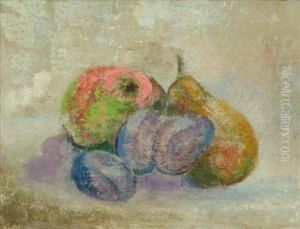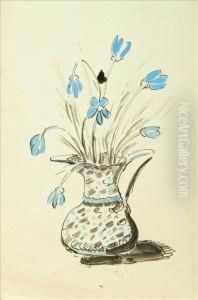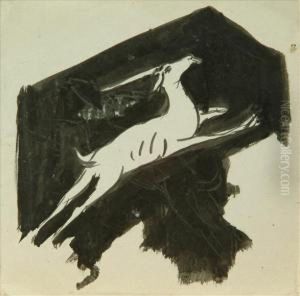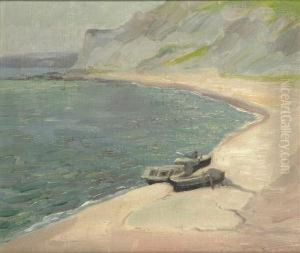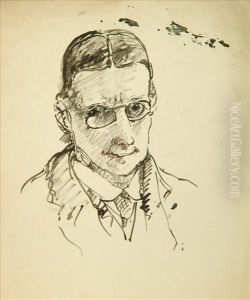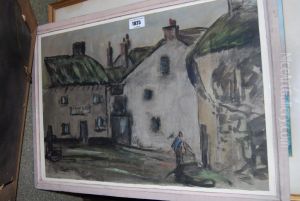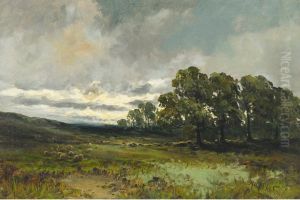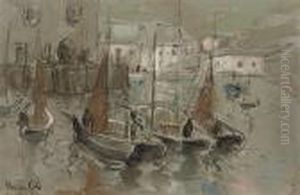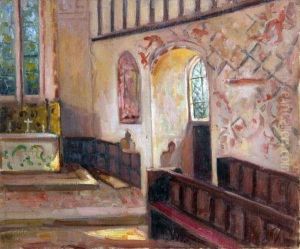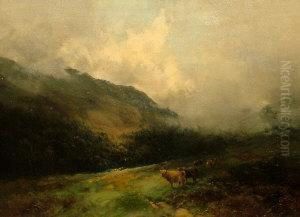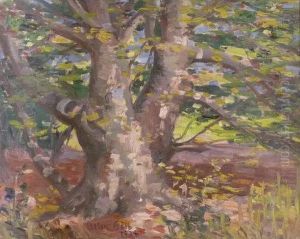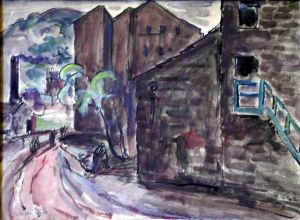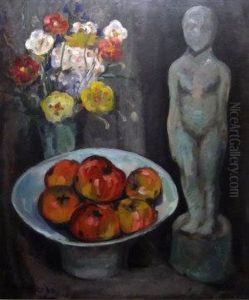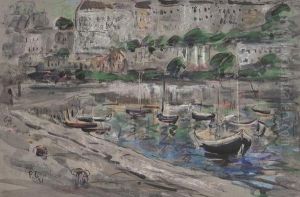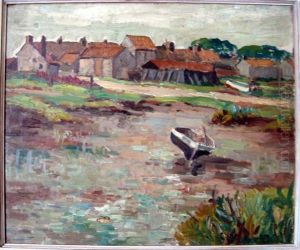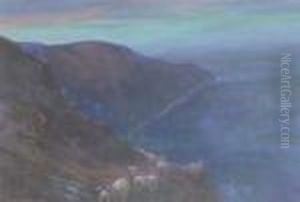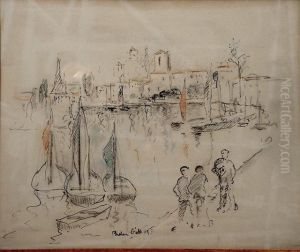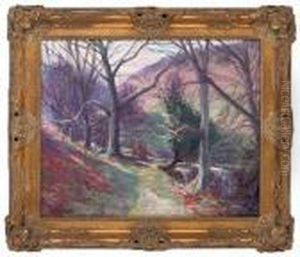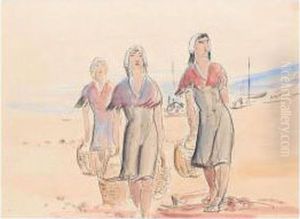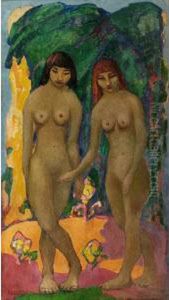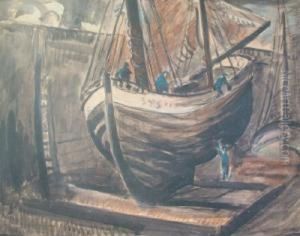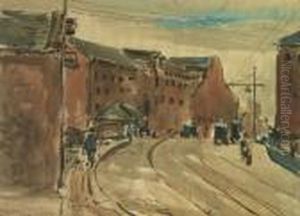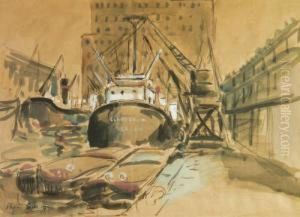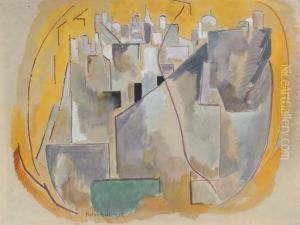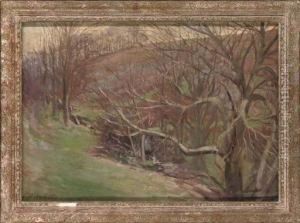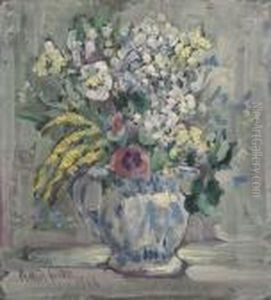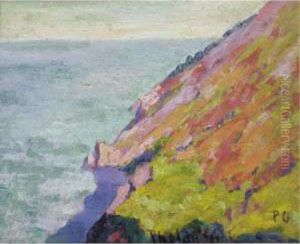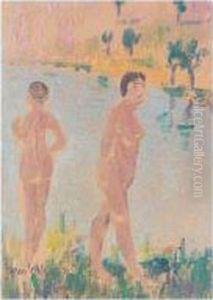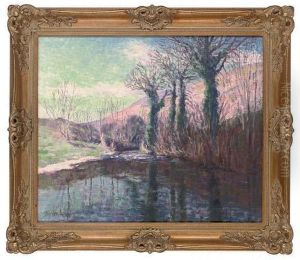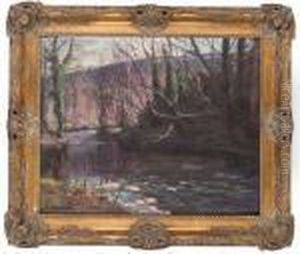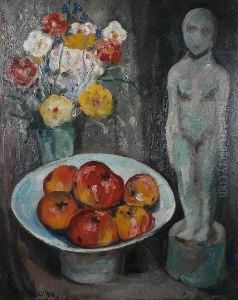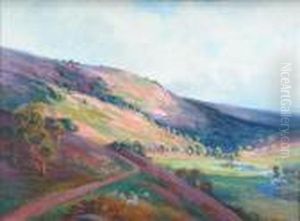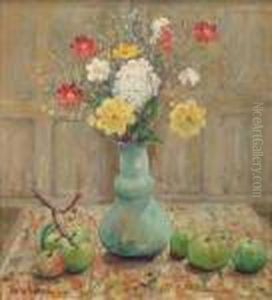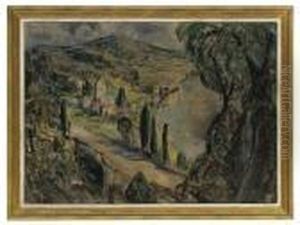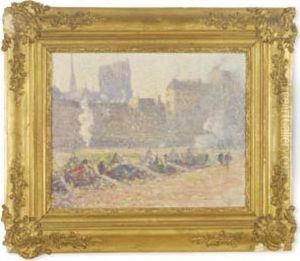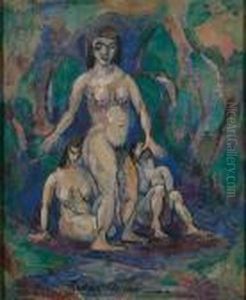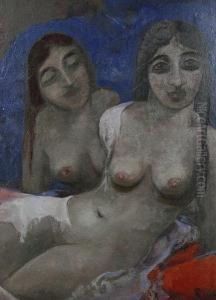Harry Phelan Gibb Paintings
Harry Phelan Gibb was a British painter known for his role in the early 20th-century avant-garde movement in Britain and his association with the Bloomsbury Group. Born on October 31, 1870, in London, England, he began his artistic career in a conventional manner but rapidly evolved, embracing the innovations of Post-Impressionism and later the more abstract styles of his contemporaries.
Gibb studied art initially at the Westminster School of Art and later at the Académie Julian in Paris, where he was exposed to the burgeoning European modernist scene. His early works were influenced by the likes of Whistler and the British Impressionists, but his style changed significantly after his exposure to the work of Henri Matisse and the Fauves, as well as other avant-garde artists while living in Paris.
In 1910, Gibb participated in the second Post-Impressionist exhibition organized by Roger Fry, which was a significant event introducing modern French painting to British audiences. Gibb's work was shown alongside that of artists such as Matisse, Picasso, and Van Gogh. This exhibition was pivotal in his career, marking his public alignment with the Post-Impressionist movement and solidifying his reputation as a modern painter.
Throughout the 1910s and 1920s, Gibb continued to develop his style, which oscillated between figurative work and abstraction. His connection with the Bloomsbury Group, which included notable figures such as Virginia Woolf and E. M. Forster, provided him with an intellectual and artistic community that was supportive of experimental art. Gibb was not only a painter but also a writer, contributing essays on art to various publications and thus participating in the broader discourse on modernism.
During World War I, Gibb served in the Royal Garrison Artillery and the Royal Flying Corps, which interrupted his artistic career. After the war, he struggled to regain his pre-war prominence in the art world, and his work from this period reflects a shift towards a more introspective and personal style.
Harry Phelan Gibb's later years were marked by a decline in his artistic output and public profile. He continued to paint, though his work from this era is less known and studied. He died on December 5, 1948, in Harlech, North Wales. Today, Gibb's work is recognized for its contribution to the development of British modernist painting, and his pieces are held in various public and private collections.
